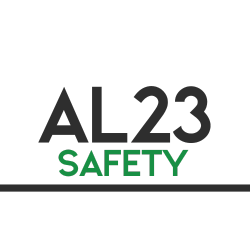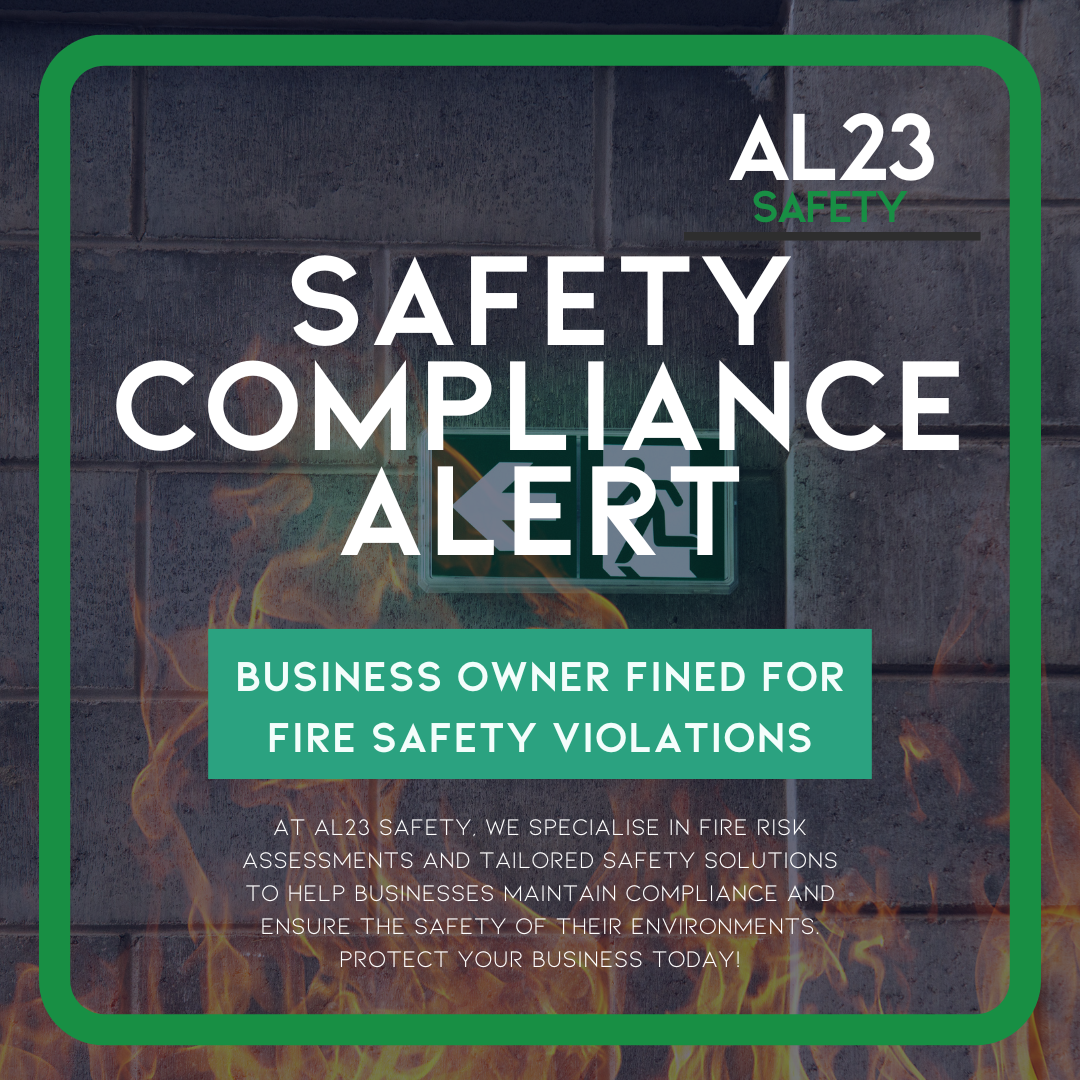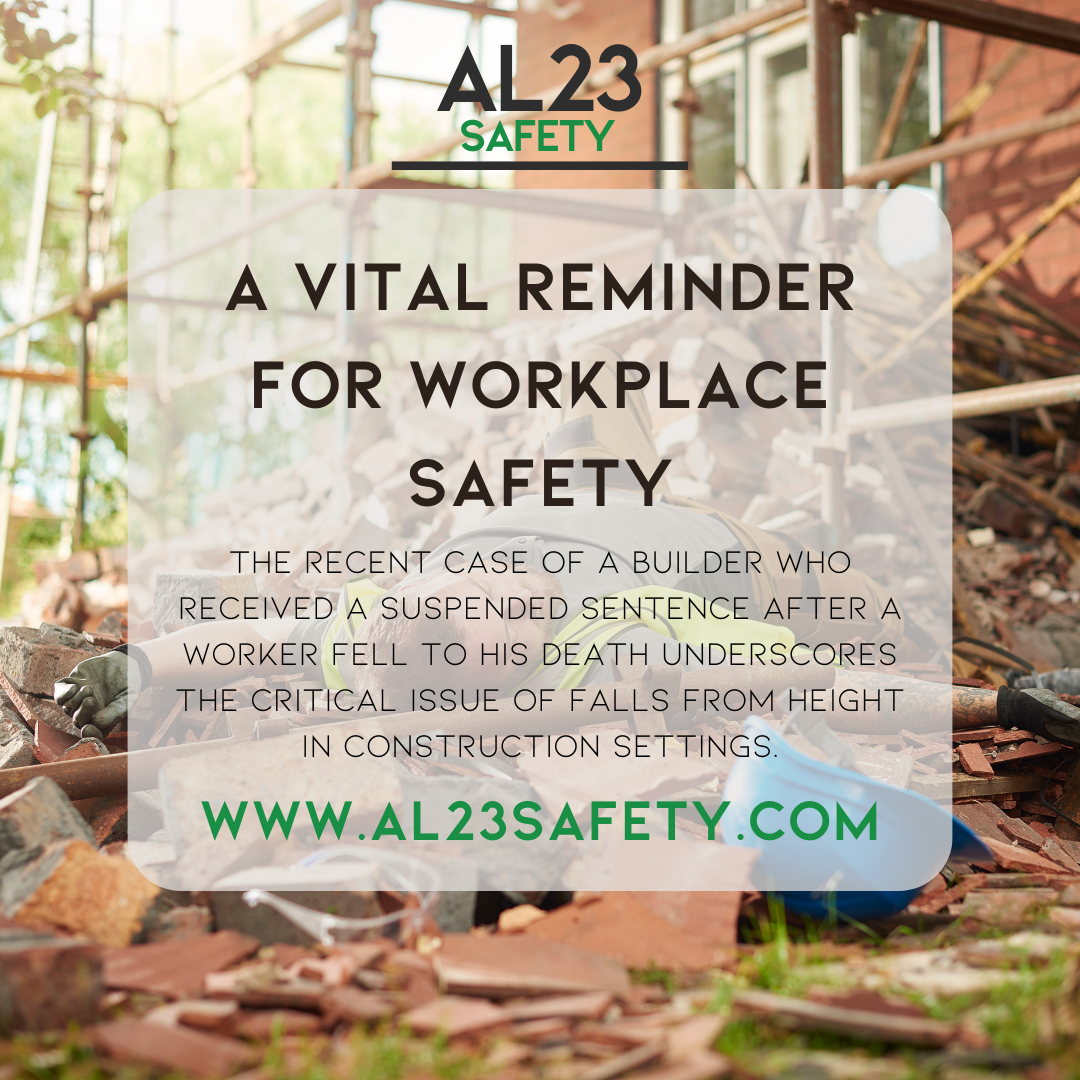When it comes to protecting your business, employees, and clients, a comprehensive fire strategy plan serves as the cornerstone of effective safety management. At AL23 Safety, we understand that every organisation requires a tailored approach to fire protection that goes beyond basic compliance requirements.
What Makes a Fire Strategy Plan Essential for Your Business?
A fire strategy plan is far more than a regulatory checkbox it’s a detailed blueprint that outlines how your building has been designed, constructed, and managed to mitigate fire risks effectively. This critical document forms the foundation for your fire risk assessment whilst serving as a long-term guide for ongoing fire safety management.
In today’s fast-paced business environment, ensuring the safety of your premises and occupants has never been more crucial. The consequences of inadequate fire planning can be devastating, ranging from potential loss of life to significant financial losses and reputational damage.
The 5 Critical Components of an Effective Fire Strategy Plan
1. Active and Passive Fire Protection Systems
The first essential component involves understanding both active and passive fire protection measures. Active systems encompass fire alarms, sprinkler systems, and suppression equipment that actively respond to fire incidents. Meanwhile, passive measures focus on your building’s inherent design features, including fire-resistant walls, compartmentation, and strategically planned escape routes.
These systems work together to create multiple layers of protection, ensuring that even if one system fails, others remain operational to protect occupants and property.
2. Comprehensive Evacuation Procedures and Emergency Access
Every effective fire strategy plan must include detailed evacuation procedures that are clearly communicated to all building occupants. This component ensures that everyone knows precisely what to do during an emergency, including designated escape routes, assembly points, and roles of fire wardens.
Additionally, emergency service access information is crucial, enabling fire brigades to reach the site swiftly and navigate the building effectively during critical situations.
3. Building-Specific Risk Assessment Integration
UK fire safety compliance demands that your fire strategy addresses the unique characteristics of your specific building. This includes considering usage patterns, occupancy levels, architectural features, and operational activities that may influence fire risk.
At AL23 Safety, our approach recognises that every building is distinct, requiring bespoke solutions rather than generic templates. This tailored methodology ensures your fire strategy genuinely reflects your property’s individual requirements.
4. Legal Compliance Framework
The fourth critical component involves ensuring full compliance with The Regulatory Reform (Fire Safety) Order 2005 and other relevant UK legislation. However, effective business fire safety extends beyond mere regulatory compliance, it involves implementing best practices that achieve the highest possible safety standards.
Our consultants combine extensive knowledge of UK fire safety legislation with practical field experience to create solutions that not only meet legal requirements but exceed industry standards.
5. Ongoing Review and Maintenance Protocols
The final essential component recognises that fire protection measures require continuous attention and regular updates. Fire safety isn’t a one-off exercise, it demands ongoing commitment, periodic reviews, and updates to reflect changes in building usage, occupancy, or regulatory requirements.
Addressing Unique Business Challenges
Every organisation faces distinct fire safety challenges based on their industry, building type, and operational requirements. Whether you’re managing a high-rise office building, manufacturing facility, or retail space, your fire plan must account for these specific circumstances.
AL23 Safety’s commitment to understanding individual property nuances enables us to create comprehensive strategies that address real-world challenges whilst maintaining practical implementation approaches.
The Long-Term Benefits of Professional Fire Strategy Planning
Investing in a professionally developed fire strategy plan delivers numerous long-term benefits beyond regulatory compliance. These include reduced insurance premiums, enhanced employee confidence, improved business continuity planning, and protection of your organisation’s reputation.
Moreover, a well-structured approach to business fire safety can significantly reduce the likelihood of fire incidents whilst minimising potential damage should emergencies occur.
Implementation and Ongoing Support
Whether you’re involved in new construction projects or reviewing existing fire safety arrangements, professional guidance ensures optimal outcomes. Our team provides comprehensive support throughout the planning, implementation, and maintenance phases of your fire safety strategy.
Regular reviews and updates ensure your fire strategy plan remains relevant, effective, and compliant with evolving regulations and industry best practices.
Conclusion
A meticulously crafted fire strategy plan represents an essential investment in your business’s future security and success. By incorporating these five critical components, you create a robust foundation for comprehensive fire safety management that protects lives, property, and business continuity.
At AL23 Safety, we’re dedicated to helping UK businesses navigate fire safety complexities whilst implementing solutions that deliver real-world protection. Contact us today to discover how our tailored fire strategy services can enhance your organisation’s safety standards and regulatory compliance.



